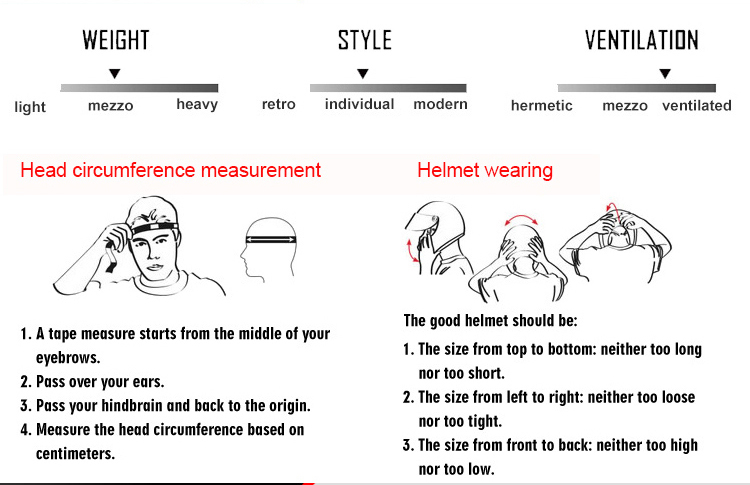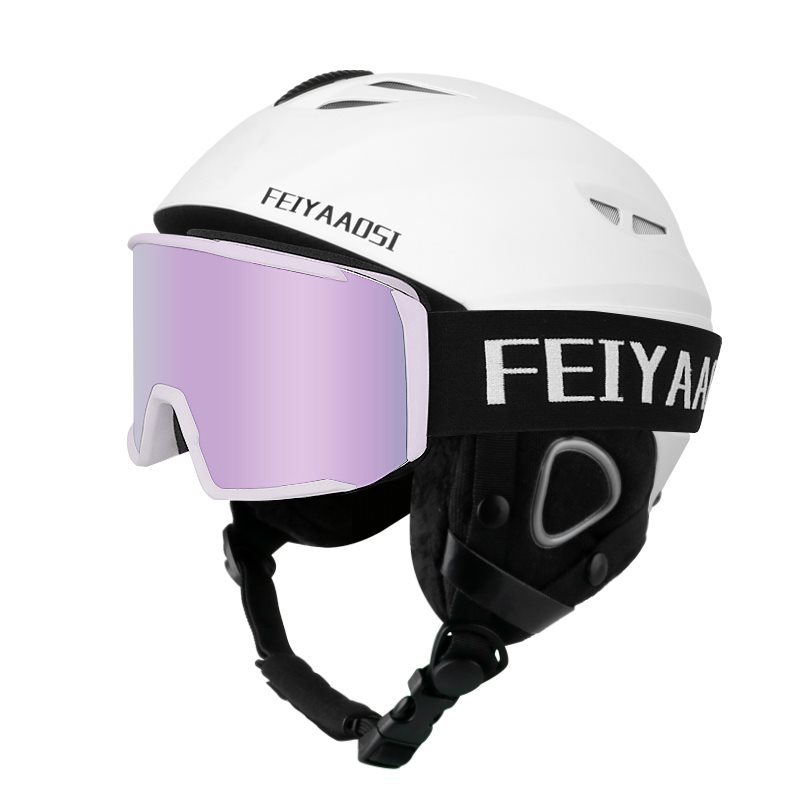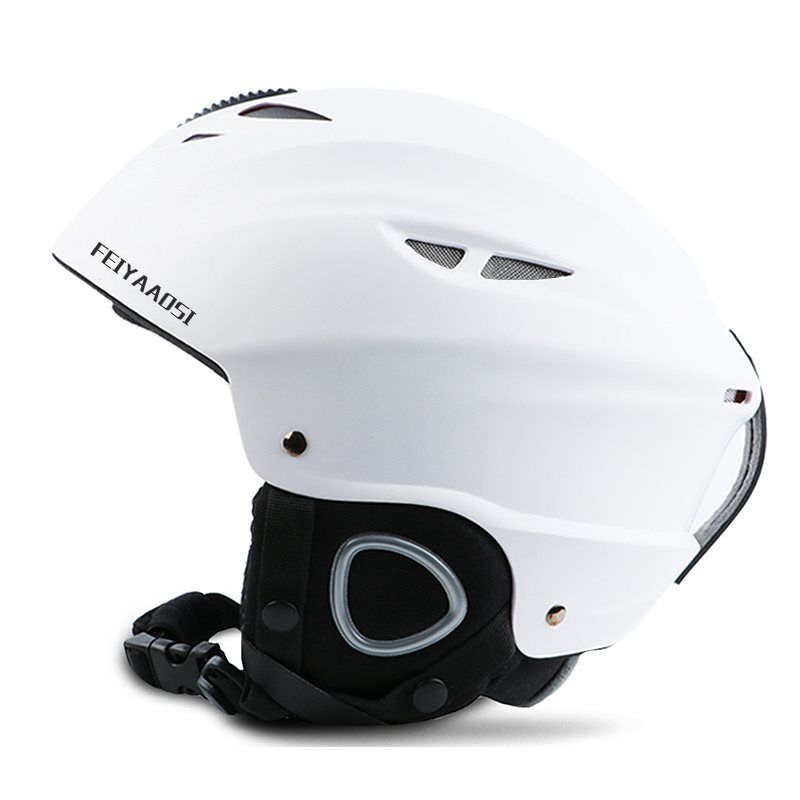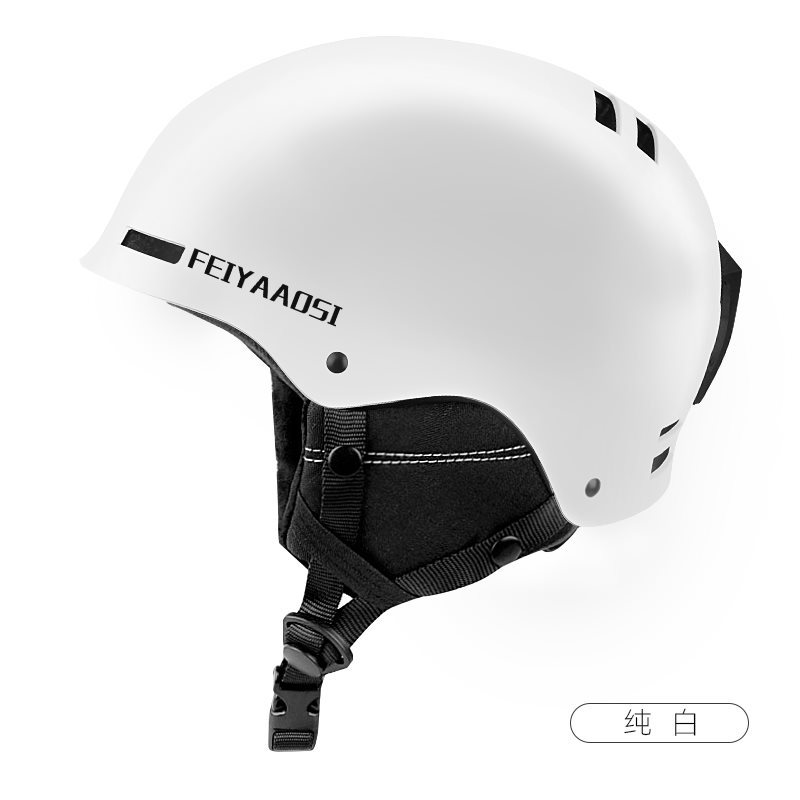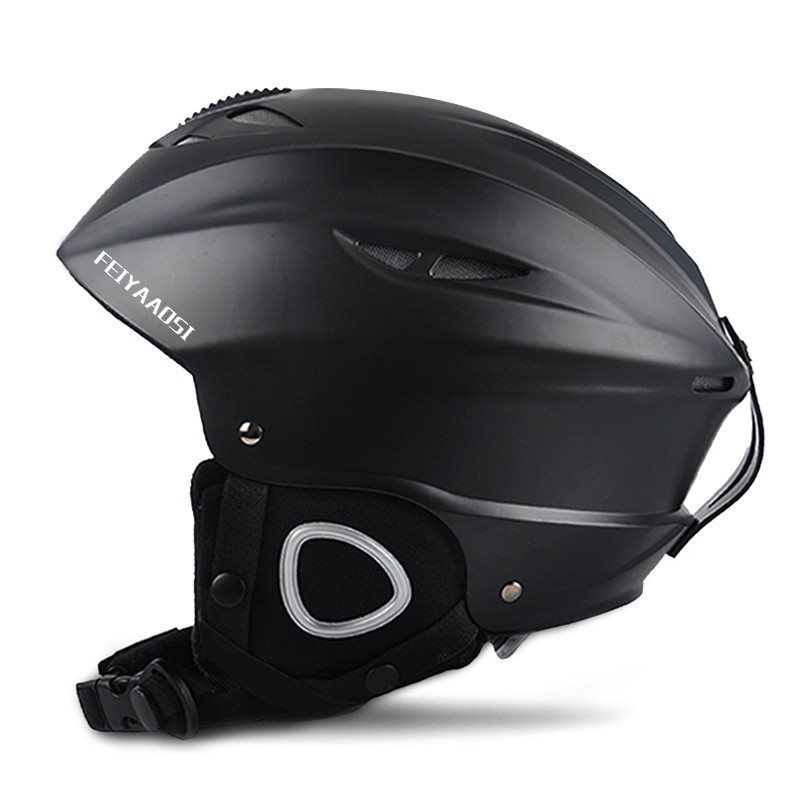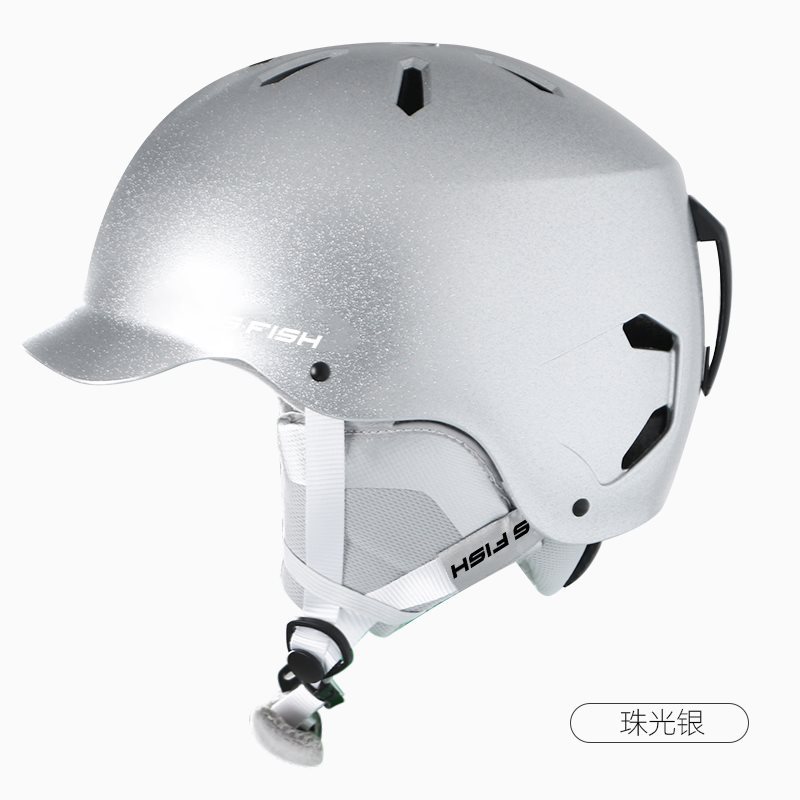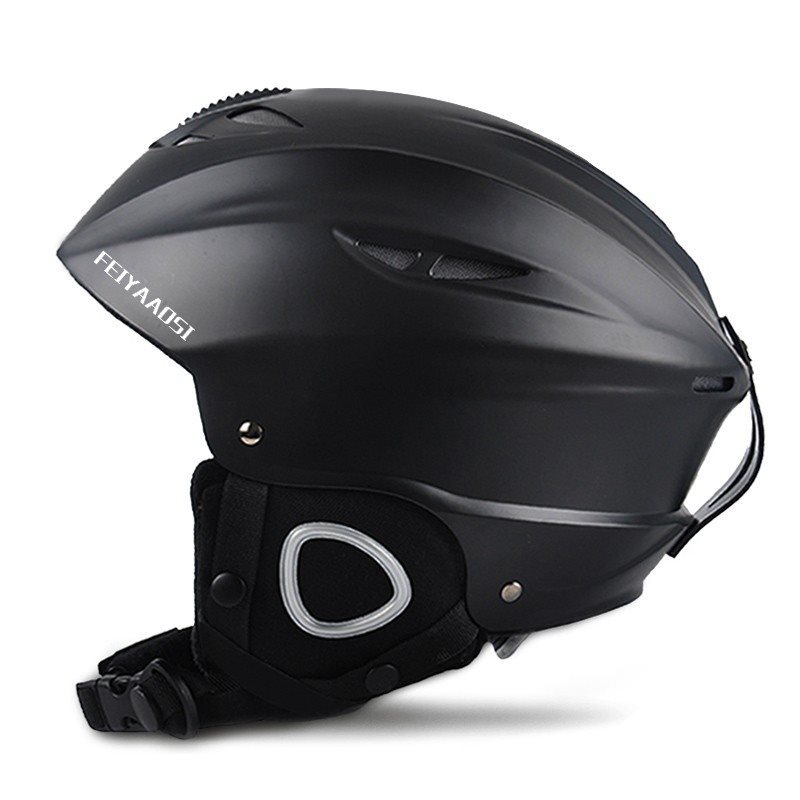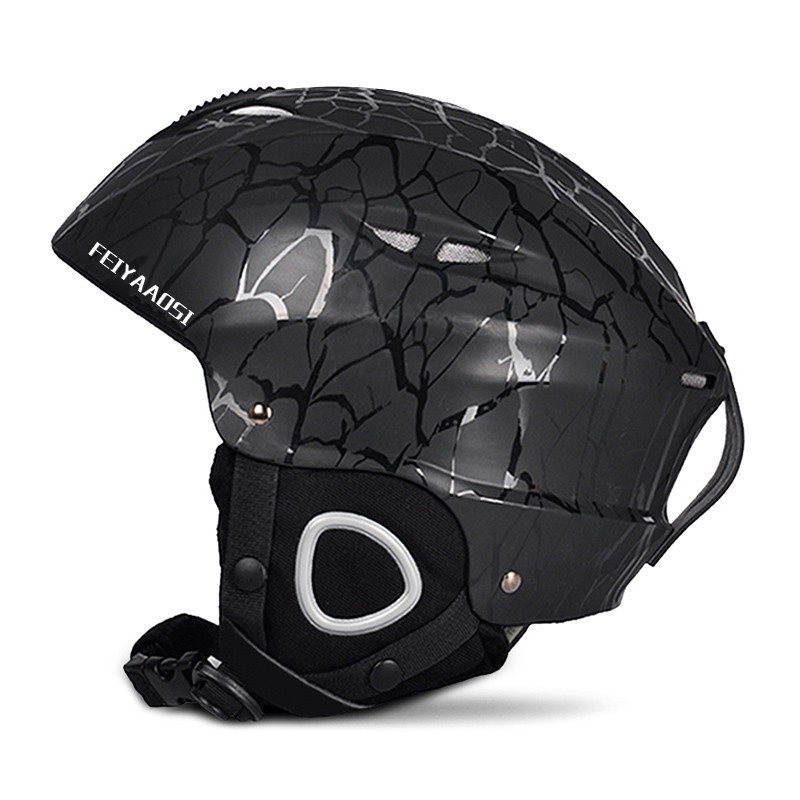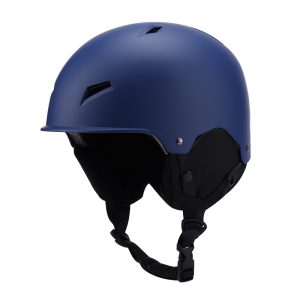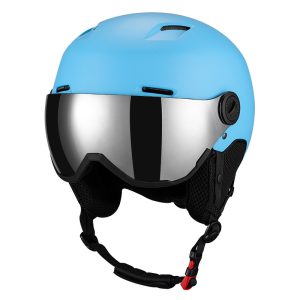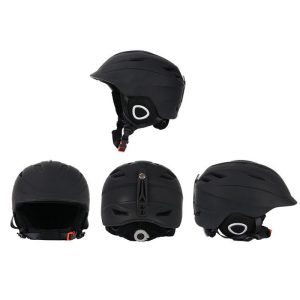A skate helmet is an essential piece of protective gear designed to provide head protection for individuals engaged in skateboarding, roller skating, inline skating, and various other wheeled sports. Safety is paramount in these activities, as riders often perform tricks and maneuvers that can lead to falls, collisions, and potential head injuries. Skate helmets are tailored to address these risks and enhance the safety of participants.
Typically, skate helmets are constructed with a tough outer shell, often made of materials like ABS plastic or polycarbonate, providing resistance against impacts and abrasions. Inside the helmet, there is a layer of shock-absorbing foam, such as expanded polystyrene (EPS), which cushions and disperses the force of an impact.
A distinguishing feature of skate helmets is their design, which includes ample ventilation to keep the wearer’s head cool and comfortable during strenuous activities. These helmets also incorporate an adjustable strap or retention system to secure the helmet snugly on the rider’s head.
The primary function of a skate helmet is to reduce the risk of head injuries, including concussions, skull fractures, and traumatic brain injuries, in case of falls or accidents while skating. They meet safety standards to ensure their protective capabilities.
Skate helmets come in various styles and designs to cater to different sports and individual preferences. Their popularity stems from their crucial role in enhancing safety and preventing head injuries, making them a vital accessory for anyone participating in wheeled sports.
In conclusion, skate helmets are fundamental safety equipment for skaters, rollerbladers, and participants in similar activities. They offer essential protection against head injuries, encouraging responsible and safer participation in these sports. Wearing a well-fitted and certified skate helmet is a fundamental step towards reducing the risk of serious head injuries.

